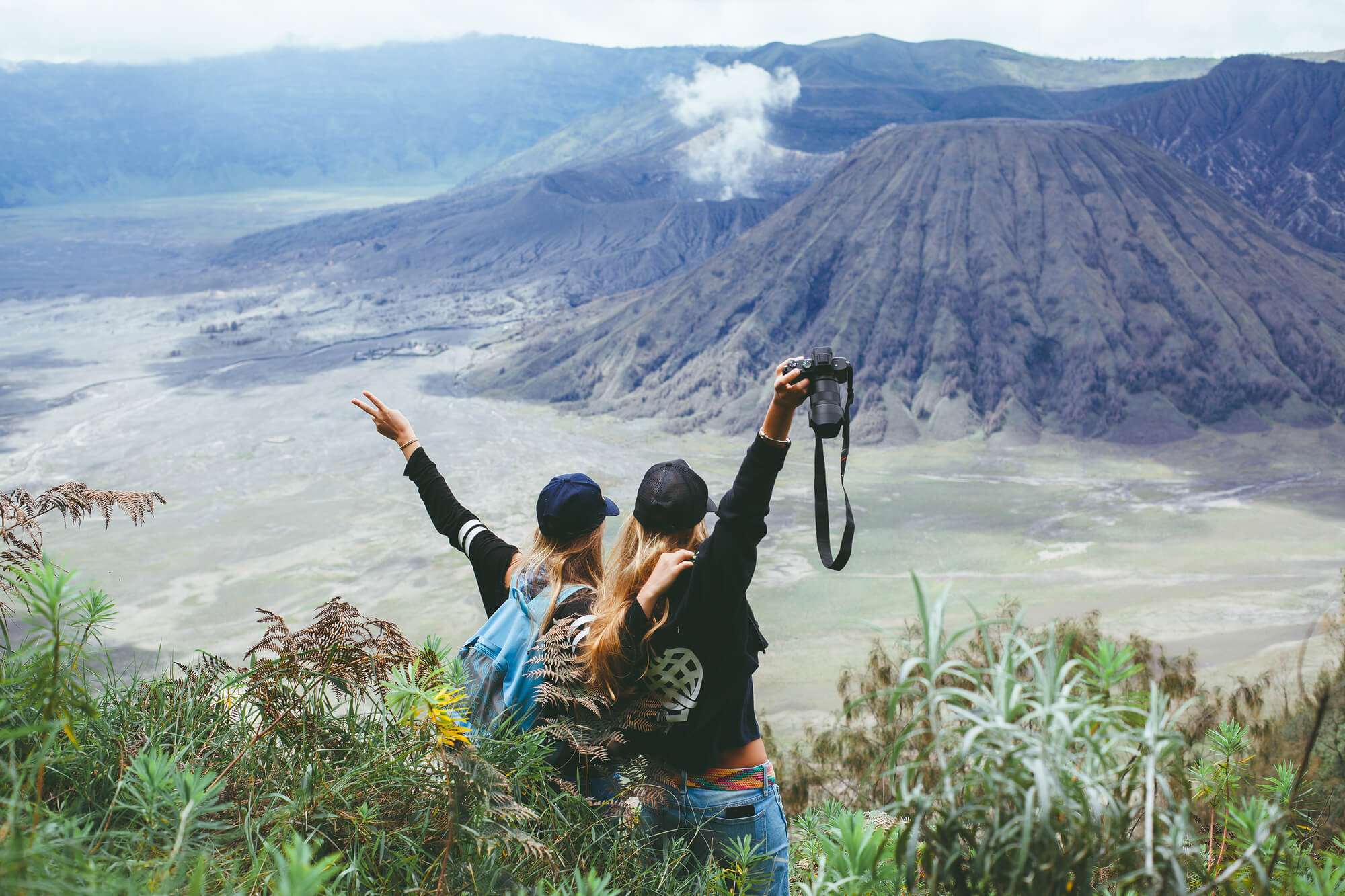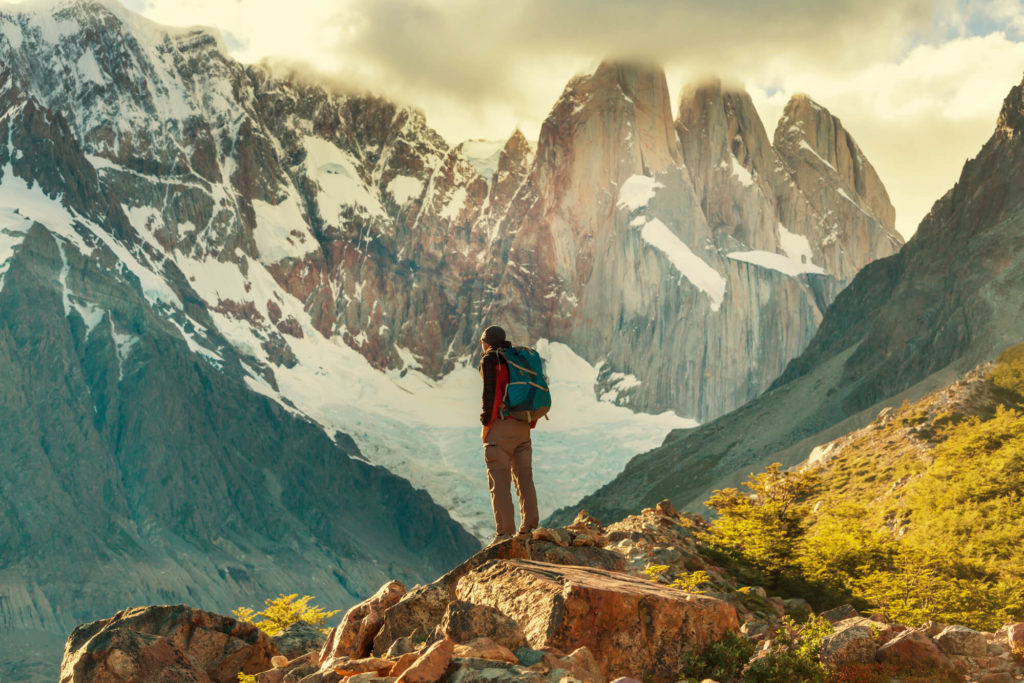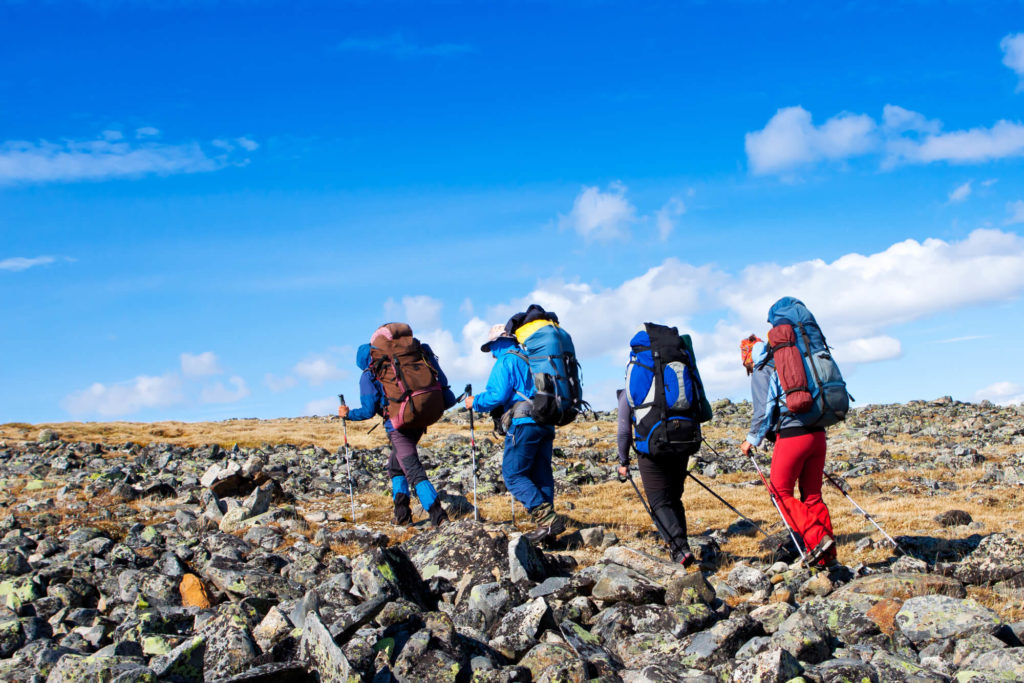HOW TO PACK YOUR BACKPACK
When gearing up for several days of camping, you will undoubtedly have a wide selection of gear you need to pack. However, before packing a backpack, certain factors must be taken into consideration, but most importantly; you should consider the duration of your camping and the weather condition. This article would enlighten you on how best to pack your backpack for an outstanding camping experience.
Packing a Travel bag
The first step is to examine your gear, check out how heavy it is and how often you would be making use of it. The essence of this is to pack the appropriate clothing for a comfortable trip.
Bottom –When packing your travel bag, you must start from the bottom. It is advisable to pack things you would least use at the bottom of the bag. Your sleeping bag, blanket, pillows, nightwear, and other sleeping stuff should be packed at the bottom because they won’t be needed until you set up camp.
Middle –Once you are done with packing your sleeping materials at the bottom, it is advisable you put all bulky items at the middle of your backpack. All bulky items, cooking utensils, food items, and water should be placed at the center of the bag for a better equilibrium. All the materials mentioned above should be kept very close to your back in the middle of the bag. Place the lighter materials distant from your back. This helps to balance the weight of the bag on your back.
Top –All regularly used materials should be placed at the top of the backpack. These materials include your map, flashlight, snacks, first aid kit, etc. excessive weight at the top of your bag could make you fall over.
Exterior –Do not include heavy materials in the pack’s exterior. The reason is that it might get caught on something, and its motion could hinder or obstruct your balance. Ensure all the materials are put inside the backpack, after which you tighten your straps to guard your stuff and maintain your balance.
Step 1: Least used items: night clothes, sleeping bag, and pillow.
Step 2 deals with the bulky materials; all your cooking utensils, water, food, and all other bulky materials should be packed near the back.
Step 3: Bulky materials should be kept in proper position by ensuring that the lighter materials are distant from your back. This keeps the weight of the bag on your back.
Step 4: All the necessary materials you would need now and then like your map, first aid kit, fleece, snacks, etc. should be kept at the top. Ensure that you don’t pack unnecessary items.
Step 5: Stashes all exteriors materials such as your tent, water bottle, and mat. Ensure that they are all properly packed because they could obstruct your movement.
Step 6: Cautiously carry your bag on your back to ascertain if you need to make amends.
How to Pack Clothes in a Hiking Backpack
If you are going hiking, you might want to pack some other clothes, all you need to do is to carry your sleeping bag outwardly, this helps to create more space in your bag.
. You could pack your briefs, socks, hoodie and the clothes you intend wearing the next day in your sleeping bag. Endeavor to carefully fold your clothes and towels, so that they can take up little space in your bag. This also serves as a base for tinier materials to rest on, and you won’t have to scatter your bag when searching for any small item.
How to Strap a Sleeping Bag to a Backpack
If you would want to pack some more clothing in your backpack, you could secure your sleeping bag outwardly. Almost all backpacks have outer chambers with alterable side clips or elasticated straps on the inner part of the bags that permits one to affix other stuff. Ensure your sleeping bag is firmly secured to prevent it from dropping while hiking.
Lifting your Travel bag
Your travel bag might seem massive and clumsy when lifted. We have shortlisted some few steps on how to lift your backpack.
Step 1: You could lift your bag and place it on your laps via the haul loop at the top.
Step 2: Glide your arm into its loophole and place the bag onto your back.
Step 3: Slide your other arm so that your bag would be properly balanced on your back. After which you secure your hip belt.
Step 4: Tighten all the essential straps, carry your backpack for a while and ensure you are comfortable with its weight before embarking on your journey.
Make Sure Your Pack Fits
This should be done before packing or in the shop before making payment even though the complete effect won’t be felt until the bag is packed. We recommend you check it out again after packing. Bags with alterable back panels should be adjusted to suit the hips and shoulders before packing commences.
Step 1: To ensure your bag fits appropriately, immediately after placing your bag on your back, try to adjust the hip strap to suit your hip bone. This could be done by setting your shoulder belts to fit the appropriate height.
Step 2: Secure the strap round your waist. Ensure the hip strap encloses your hip bones, and when fastened, your hand should be able to glide beneath it.
Step 3: Keep tightening the shoulders and top belts that hold the bag in a straight-up position. Make sure the back buffer is placed over your shoulder blades.
Step 4: Secure the chest belt and fix the excess to tightly and comfortable secure the bag to your back. All these shouldn’t obstruct your balance.
Step 5: Finally, move about with your bag on your back to ascertain if you would be comfortable with it.
It is imperative that your bag fits appropriately as it aids in prohibiting pains and any possible hurt or harm to your spinal cord. It also hinders falls by ensuring you are properly balanced on your feet and prepared to crisscross the landscape.
Once you cautiously adhere to all the instructions mentioned above or guidelines, you are sure to enjoy your hiking trips.





